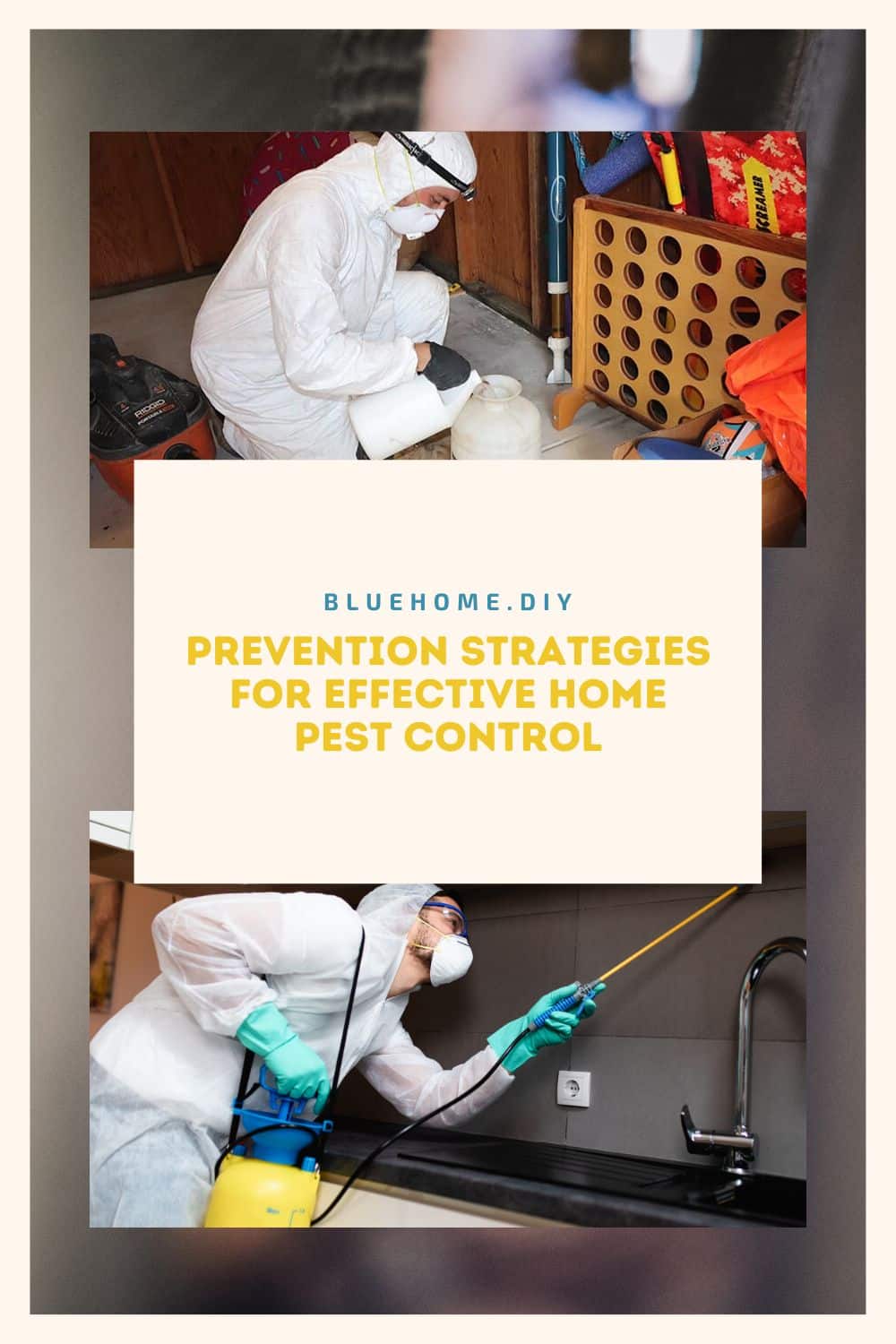It can be overwhelming to face a pest infestation in your home. Whether it is caused by small insects, rodents, or other pests, tackling the problem before it gets out of hand is the best way to go. Luckily, there are a variety of effective pest control strategies that can help you protect your home from further damage and the health risks that come with it.
If you need to address the problem immediately, it is best to Consider this pest and rodent control in San Mateo, CA. Professional pest control companies often have the latest in products and techniques to quickly get rid of unwanted pests.
For those looking for longer-term solutions, there are many home pest control measures that can be taken to prevent future infestations. Here are some tips for effective home pest control:
Regularly Inspect for Signs of Pest Activity
Regularly inspecting for signs of pest activity is a key part of effective home pest control. The most common signs of infestation are droppings, nests, chew marks, stains, and odors. When inspecting, look closely at windows, doors, cracks, and crevices, as well as other areas where pests might hide. If you find any evidence of pest activity, contact a professional exterminator for further advice.
Eliminate Sources of Food, Water, and Shelter
The second step in effective home pest control is to eliminate sources of food, water, and shelter. This involves monitoring and controlling access to food sources like garbage cans, pet food bowls, and kitchen surfaces. In addition, be sure to check for and repair any potential water leaks and make sure all gutters and drains are clear of debris.
Seal Cracks and Crevices to Prevent Entry
Effective home pest control begins with preventing pests from entering the home in the first place. One of the most effective ways to do this is to physically seal cracks and crevices in your home. This can be done by using a caulk gun to fill any holes or gaps in walls, floors, windows, and door frames.
Doing this will create an impenetrable barrier that will keep most pests out. Additionally, sealing all entry points will also help to reduce drafts, moisture, and noise from entering the home.
Remove or Reduce Clutter Around the Home
Removing or reducing clutter around the home is an important step in effective home pest control. Clutter provides a safe harbor and breeding ground for many kinds of pests. By removing items such as stacks of newspapers, furniture, and other items that are not in use, you can make your home less hospitable to pests.
Additionally, reducing clutter in storage areas such as basements, closets, and garages can help reduce pest infestations. Ensure that all stored items are properly sealed and labeled, and stored off the ground.
Utilize Appropriate Pest Control Methods
A key component of effective home pest control is to utilize appropriate pest control methods. Depending on the type of pest, there are a variety of methods that can be used to rid your home of unwanted critters. This can include chemical, mechanical, and biological controls.
Chemical controls include the use of pesticides, herbicides, and insecticides, while mechanical strategies involve traps, screens, and exclusion devices. Biological pest control methods include the use of beneficial predators, parasites, and pathogens. It is important to correctly identify the pest and then choose the appropriate control measure.
In conclusion, effective home pest control requires a multi-pronged approach. This includes prevention strategies like keeping food sealed, blocking entry points, and avoiding clutter, as well as regular monitoring and treatments. Homeowners should also take advantage of professional pest control services to ensure their home is free of pests. With the right strategies in place, homeowners can have a safe and pest-free home.






Leave a Reply